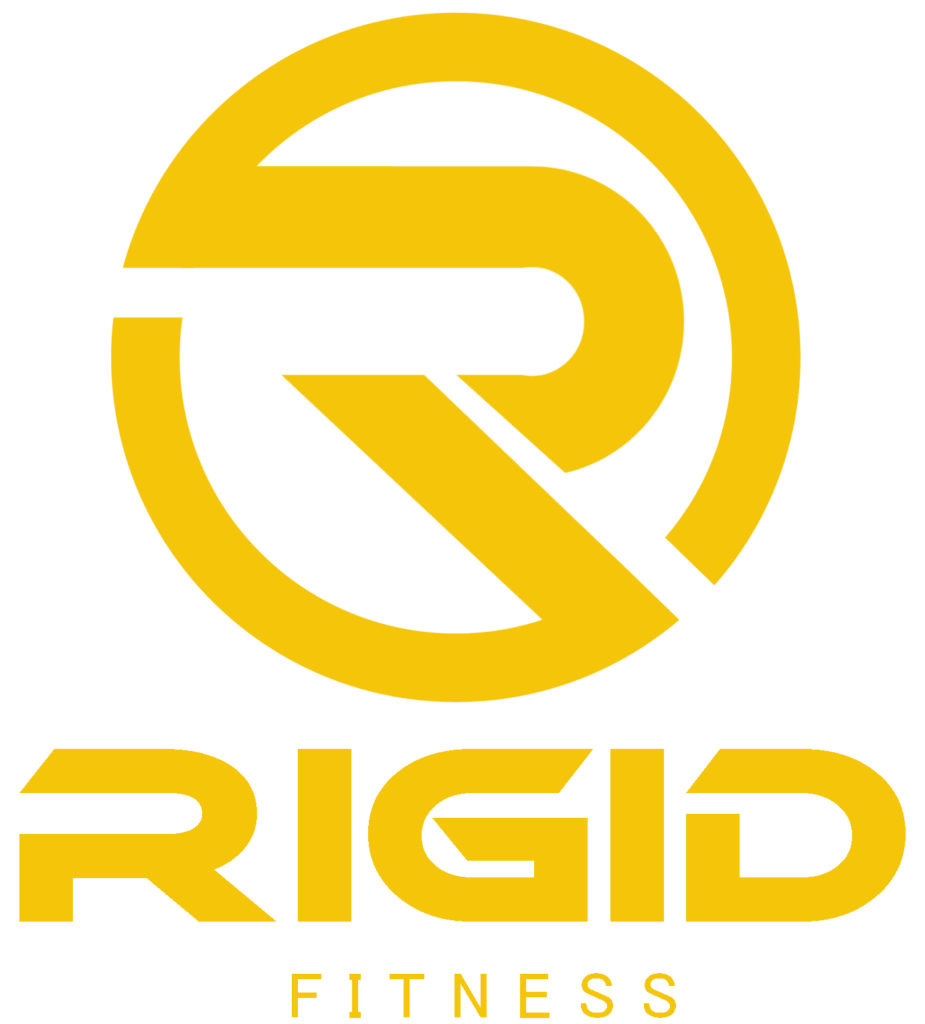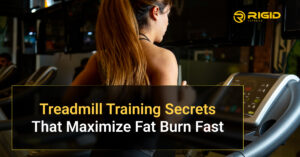
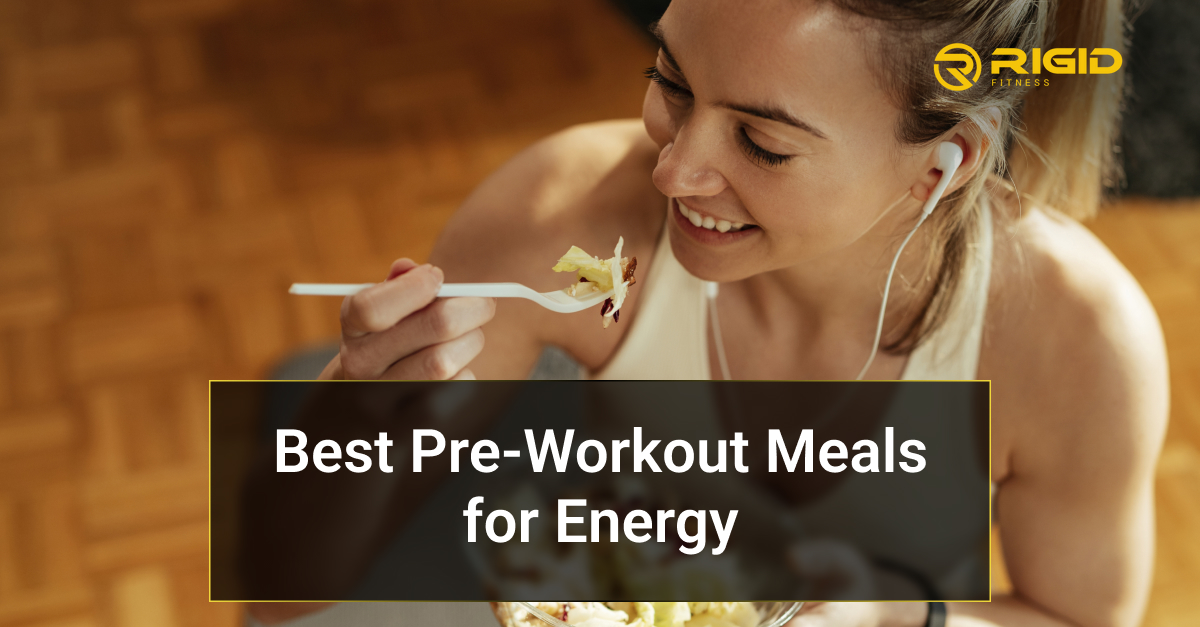
Finding the best pre-workout meals can make a big difference in how you feel during your workout: your energy, focus, and endurance. It’s not just about what you eat, but when and how much. In this blog, we’ll dive into the role of pre-workout nutrition, what to aim for, how to structure your meal, and some tasty, effective options. We’ll also mention a useful accessory from RIGID FITNESS that supports your pre-workout routine.
When you work out, your muscles draw on stored glycogen (carbohydrate fuel) and amino acids to perform. If you begin your session with low fuel, you may feel sluggish, fatigue may set in sooner, or you may not get the full benefit of the workout. A well-timed best pre-workout meals top-up helps:
In short, paying attention to your pre-workout nutrition is as important as your workout plan itself.
There’s no one “perfect” meal for everyone, but some guiding principles apply:
1. Timing: Aim to eat your best pre-workout meals about 1 to 3 hours before training. If you eat too early, you risk low energy toward the end. If you eat too late, you may feel heavy or sluggish during exercise.
2. Carbohydrates + moderate protein: Carbs provide quick energy, while protein supplies amino acids to support muscle function. A good target might be 30–50 g of carbs + 15–25 g of protein (depending on your size and workout intensity).
3. Low in fat and fiber: Fat and high‐fiber foods digest more slowly; if they are in large amounts, you may feel full or uncomfortable while training.
4. Hydration: A good pre-workout meals includes fluids; dehydration reduces performance. Consider beverages alongside the solid food.
5. Personalization: What works for one person may not for another. Always test your meals in training and note how you feel.
Here are some effective, practical meal ideas that qualify as the best pre-workout meals. You can tailor portions to your weight, the intensity of the workout, and training time.
All of these fit the principle of being carb-rich, moderate in protein, and relatively low in slow-digesting fat or heavy fiber.
If you train first thing in the morning and don’t have a full hour for a meal, you can go for a smaller version of the best pre-workout meals:
In those cases, make sure you have a fuller meal after the workout to recover.
The intensity and duration of your workout influence how big or complex your pre-workout meals should be.
While the meal part is vital, don’t neglect hydration. Starting your workout well-hydrated is part of the best pre-workout meals concept. Drinking 300-500 ml of water ~30 minutes before your workout is a good idea. If you’ll sweat heavily, consider an electrolyte drink or include salt in your meal.
Here’s a product from RIGID FITNESS that supports your pre-workout nutrition routine:
RIGID FITNESS Electric Protein Shaker Bottle USB-Rechargeable Vortex Mixer Cup (650 ml, BPA-free).
This kind of shaker bottle is ideal for mixing a small carbohydrate/protein drink just before your workout, making it easy, portable, and efficient. Keep this accessory handy as part of your pre‐workout meal plan.
Here are three full sample meals that qualify as the best pre-workout meals, along with timing suggestions:
Why it’s the best pre-workout meal: Balanced carbs and protein, moderate digestion time, and supports strength.
Why it’s the best pre-workout meal: Easily digestible carbs, light protein from yogurt, and good fuel for cardio.
Why it’s the best pre-workout meal: Quick to consume, easy to digest, and portable. Good for early-morning or time-tight sessions.
After you eat your best pre-workout meal, allow some digestion time. With heavier meals (Meal A type), 2 hours is ideal. For lighter meals (Meal C type), 30–60 mins is fine. Use your experience: if your stomach feels heavy, wait a bit longer. If you feel hungry or weak, reduce the gap or increase the size (within reason).
While food is key, your training environment and tools help you execute. Using the right bottle (like the RIGID FITNESS shaker) ensures you actually consume your pre-workout drink smoothly. A solid training surface, resistance bands, and a proper mat create confidence and reduce distractions, so you focus on your workout, not discomfort.
To find your own ideal “best pre-workout meal,” keep a simple log: note what you ate, when, how you felt during the workout (energy, focus, fatigue), and how recovery felt afterward. Over a few weeks, you’ll spot patterns: which meals worked and which didn’t. Adjust carbs up/down by 10-20 g or try slightly earlier/later timing.
Choosing the best pre-workout meal isn’t about perfection: it’s about consistency and listening to your body. Whether you’re prepping for weights, cardio, or a mixed session, aligning your nutrition with your training will boost performance, energy, and results.
Start with a foundational meal (carbs + moderate protein, low fat/fiber), use smart timing, hydrate, and track your feedback. Use smart accessories, like the RIGID FITNESS shaker bottle, to support fluid and nutrition intake. Over time, you’ll refine what works for you; that’s the real pathway to finding your personal best pre-workout meal.
Eat smart, train hard, and enjoy the process. You’ve got this.
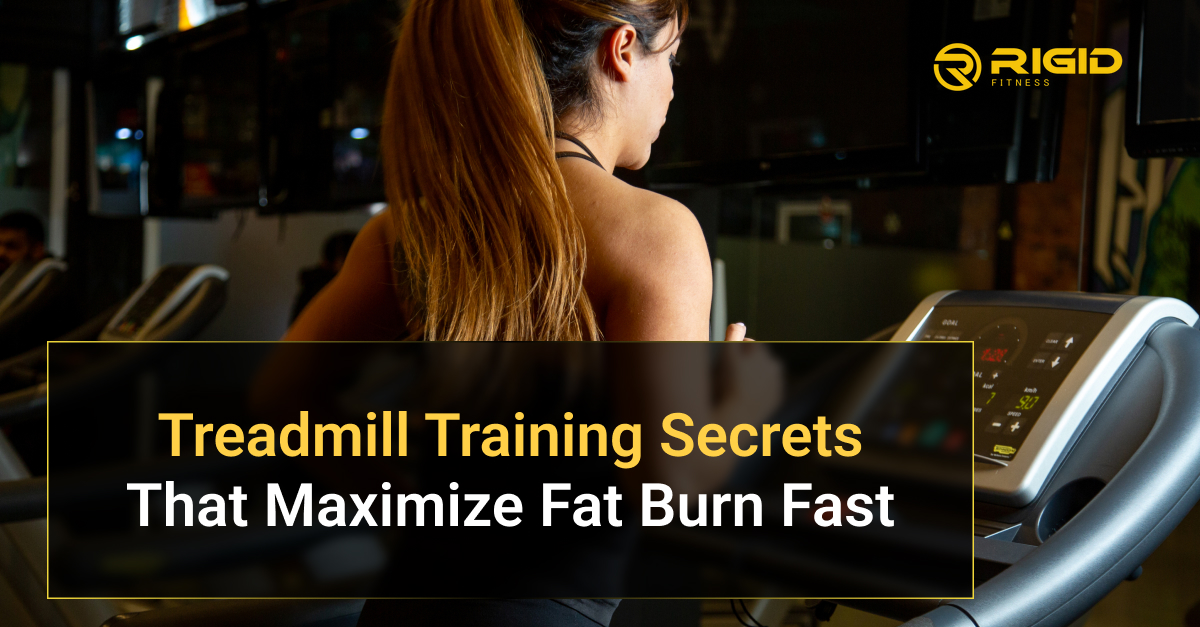
In the modern world of fitness, treadmill workouts have become a cornerstone for those seeking efficient fat loss. Unlike other
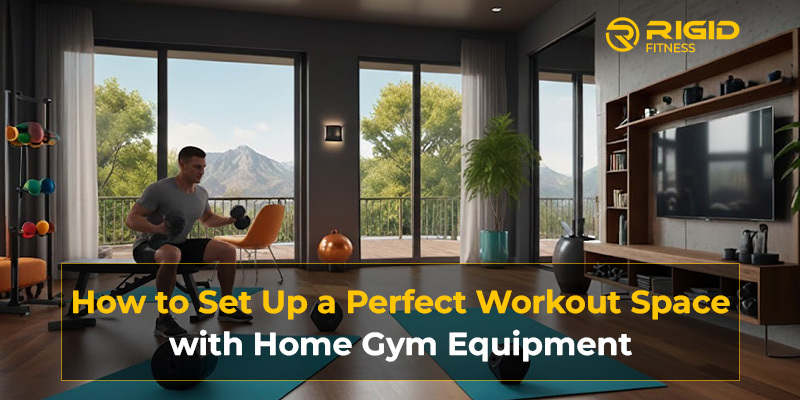
Designing a personal fitness area at home is one of the smartest decisions you can make today, and with the
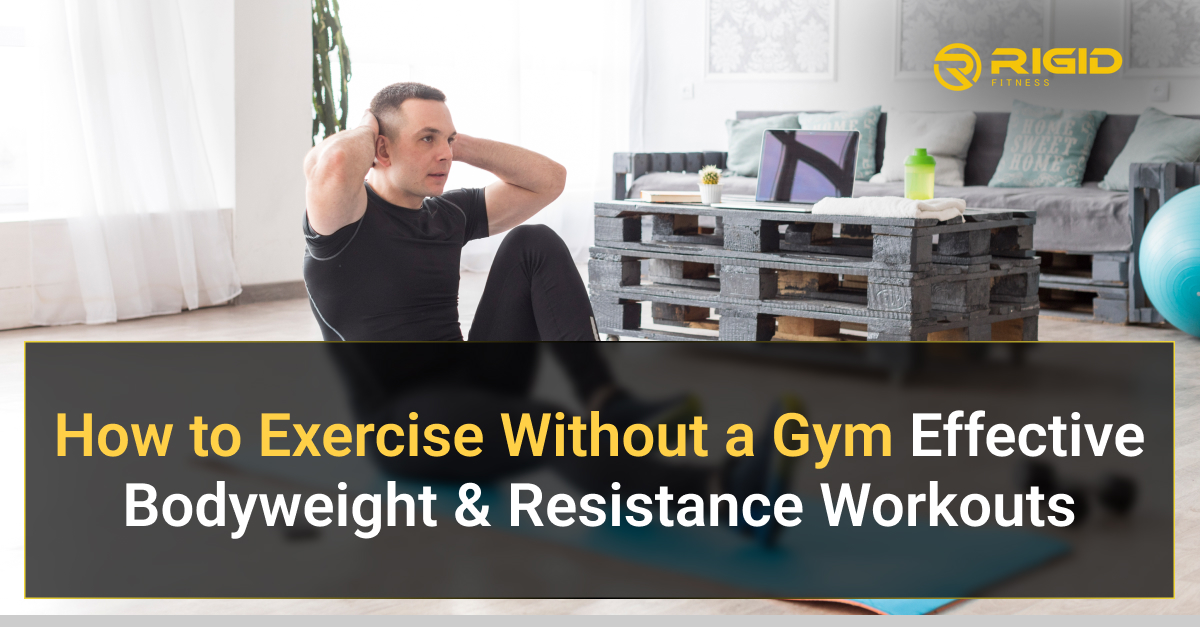
Not everyone has the time, budget, or access to a gym, but that doesn’t mean you can’t get fit. Exercising
